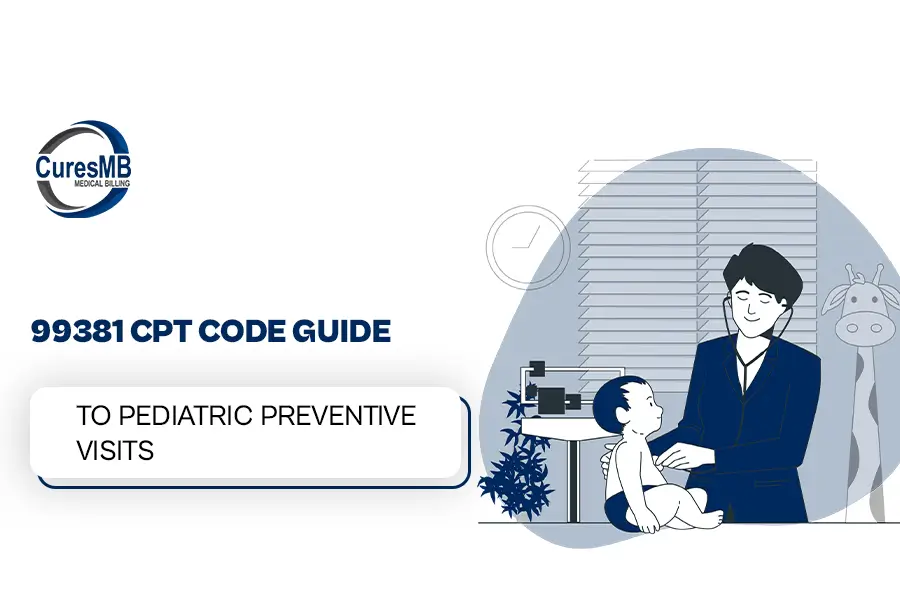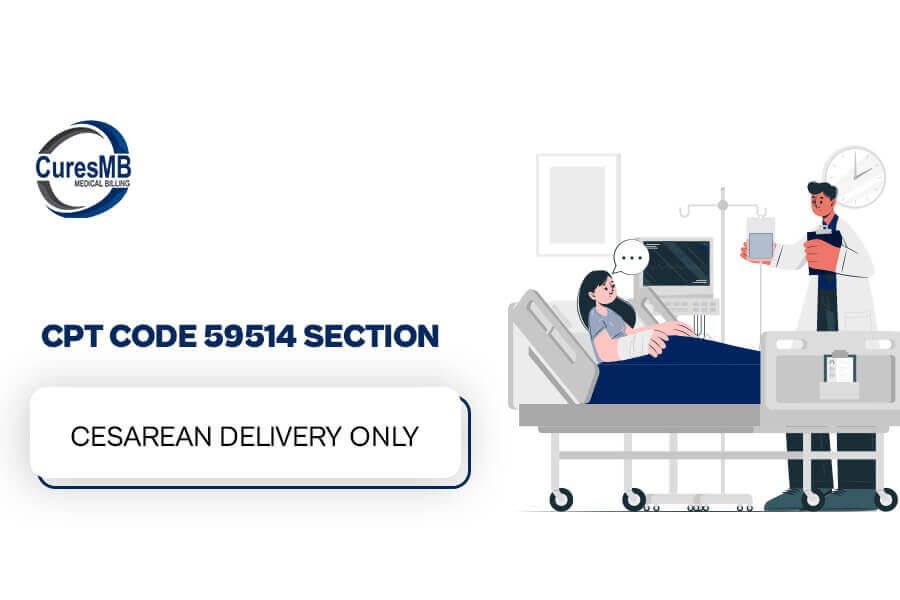The code E66.811, which classifies the condition as ‘obesity, class 1, with the body mass index (BMI) range of 30.0 -34.9,’ is issued within the ICD-10-CM framework. It is one of the codes in the recent revisions of the classification which attempts to take a more humane policy towards the handling and supervision of patients with obesity.
99381 CPT Code and CPT Code 99391 a Guide to Pediatric Preventive Visits
99381 CPT codes are used for a complete preventive medicine evaluation and management for a new patient in pediatric care. This code is applicable to newborns, children, and adolescents who are visiting a provider for the first time for a well-child exam.
Understanding CPT Code 59514 Billing for Cesarean Delivery only
Accurate medical billing is crucial for ensuring proper reimbursement, especially for procedures like cesarean deliveries. CPT code 59514 is used to bill for a C-section delivery, covering only the surgical aspect of the procedure without antepartum or postpartum care.




